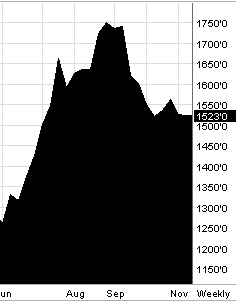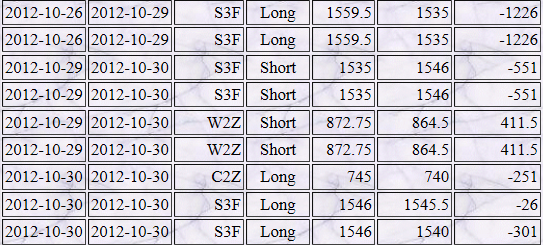In British Columbia, there are multiple methods that exist in reducing congestion. One of those major ways is by promoting the use of public transit. Doing so reduces the use of private vehicles. However, another way to reduce the use of private vehicles is to find a way to tax their use more heavily. The one that I most want to investigate is the use of the parking space tax that is currently utilized in BC. Currently the parking tax is levied on commercial parking spaces of whose rights are sold to users for varying levels of time including hourly, daily, monthly, and yearly (Translink). Essentially, the parking lots operator is charged the tax so they increase the price of parking. Although we regularly see rates of parking that are even charges when hourly or daily (e.g $6 daily on weekends), they is simply because the operator will just increase the price to a higher level that is easier to pay for the user instead of odd numbers after accounting for the tax. Then, they just pay the larger tax amount. If you pay for a monthly or yearly fee, then that tax is much more explicit in its charge. Currently, according to CTV, the charge for the tax is 21% before HST. This tax revenue is collected by Translink and then used to fund the public transport system. By having this relation in both creating disincentive to drive and creating a better public transport system, we can see how there can be a significant decrease in congestion.
There are several exemptions of course. If there is a parking space that is for your place of residence, then you do not have to pay. Also, if you park on a street that uses parking meter parking then that is not included as well (BC Laws). Essentially, that means that the overall coverage includes parking lots and large parkades, which are mostly in the downtown core. As such, it is mostly charged to people who decide to drive into the downtown core and decreases that overall level. Taking this knowledge, this tax affects anybody who drives into the downtown core for any reason and decides to park. Through common sense, the people that drive into downtown the most and utilize these parking spaces are those who work there. It does affect people who drive there on evenings and weekends, but less so due to the charge for parking being less during this time period thus a lower dollar value amount of tax paid.
The poor are thus not affected as negatively if they are not driving into the downtown area in the first place. If the poor are shown to be taking transit in the first place then this tax should help them if the revenue given to Translink is actually used to improve service for the poor. Those who will most likely be affected by the parking tax are most likely the upper class downtown workers who drive to work and the middle class. The rich are now paying a larger amount for the parking spot due to the tax and that revenue is being used to fund transit. The only benefit that they may gain from this can be from the decreased congestion, which will lead to less traffic in their commute. What must also be noted is how some of the rich are not drivers at all if they live in the downtown region of Vancouver and thus do not have a need to drive and park near their workplace. The middle class on the other hand may be hurt in various ways. In one way, if they continue to drive, then they will be affected in the same way as the wealthy drivers. However, those who now decide to take transit instead of driving can also be hurt due to the lost utility from driving. In effect, the increased transit improvements should outweigh this cost, but if the policy is not as effective, then it may not.
As of the time of this writing, there are not any readily available resources involving the full effectiveness of this tax; however I will state some ways that we can find this out. First, we would need to analyze how much money is gained from the tax. Then, as stated above, we will need to see how effective Translink is in utilizing the money. This of course is not easy for an outside observer, but it would definitely be possible by looking at net returns of the various projects that Translink puts into place. After analyzing this, we would need to examine the role of the tax in getting less people to drive and onto transit. It is often very difficult to find the exact amount of transit users that there are, but what may be more possible is to see the overall decrease in cars that are parked in the lots according to the tax revenue that is gained.
http://bc.ctvnews.ca/coalition-blasts-translink-s-35-per-cent-parking-tax-1.737774
http://www.translink.ca/en/About-Us/Taxes/Parking-Tax/FAQs.aspx
http://www.bclaws.ca/EPLibraries/bclaws_new/document/ID/freeside/00_98030_01#section30.1




